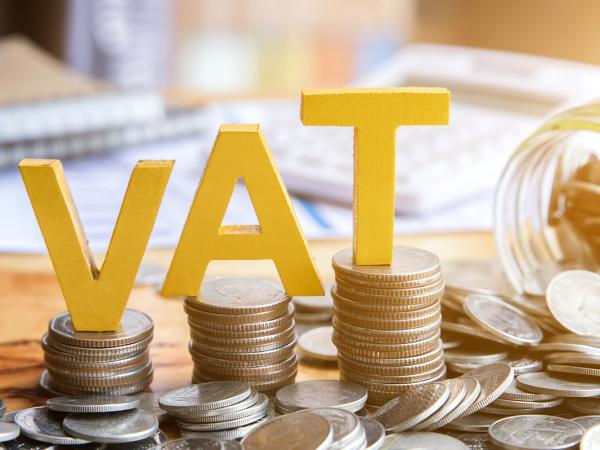Self-employment: a guide
Our PDF guide to self-employment supplements the information in this self-employment section.

Our guide to self-employment aims to help:
- self-employed people who want detailed tax and related information in one place, and
- non-tax specialists who advise low-income self-employed individuals.
The guide covers setting up as a sole trader or a partnership and how to register with HMRC. It explains how you can prepare accounts, what business records you need to keep and how to complete your tax return. It contains detailed case studies showing how to prepare accounts and what to include on your 2023/24 tax return, using either the cash basis or the accruals basis.
The guide covers other areas you may need to consider if you decide to grow your business such as taking on staff or registering for VAT. It also explains what you need to do if you decide to stop trading and has detailed guidance on tax credits and universal credit for the self-employed.



